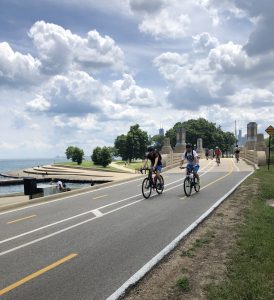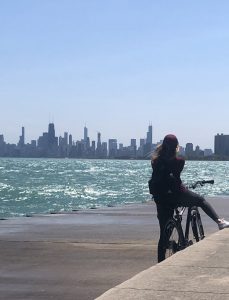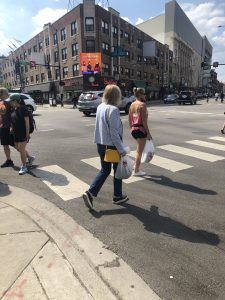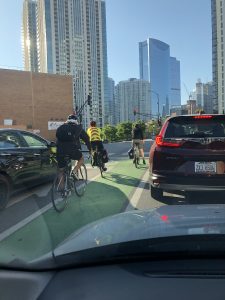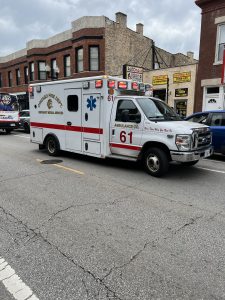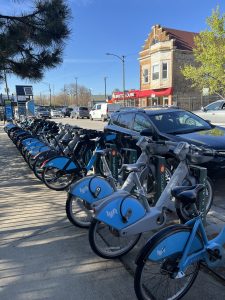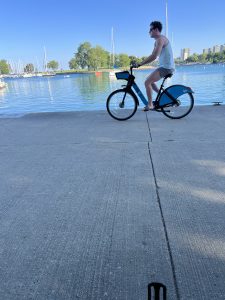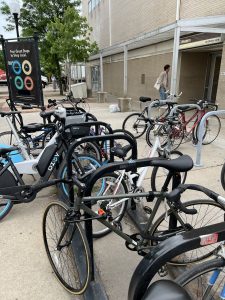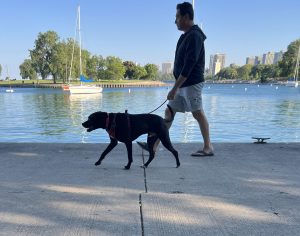Anyone who regularly rides their bicycle along Chicago’s Lakefront Trail will have noticed the proliferation of people riding electric bikes in the last few years. The bike injury lawyers of Zneimer & Zneimer P.C. note there appears to be a dearth of research regarding the safety of electric bikes in relation to regular pedal bikes. As the popularity of electric bikes continue to grow and as more electric bikes are being ridden on our roads and bike paths, there has been growing awareness that perhaps electric bikes need to be treated differently than regular bicycles.
In a recent study conducted by U.S Consumer Product Safety Commission it was reported that there were 53,200 e-bike crash injuries recorded. More telling is that the study showed that electric bike injuries increased from 3,500 in 2017 to 24,400 in 2022 which shows how rapidly electric bike injuries are increasing. Governmental entities are currently grappling with how to treat electric bikes. Should they be treated like pedal bicycles or should they be treated more like motorcycles. Safety experts point out that electric bike users face a greater risk of serious injury or death for the obvious reason that electric bikes are heavier and faster than regular bikes. WaBiffl MD, trauma medical director at Scripps Memorial Hospital La Jolla and trauma surgeon at Scripps Clinic is quoted on Scripps Health website regarding electric bikes: “They go much faster, and this may create risk for hitting pedestrians who can’t get out of the way in time, or with motor vehicles, whose drivers do not anticipate a bike moving so fast,” He continues: “There’s also more momentum and the stopping distance will be much greater.”
As a frequent bicycle bike rider on Chicago’s Lakefront Trail, Chicago bike accident lawyer, Peter Zneimer, of Zneimer & Zneimer PC has noticed a big change within the last two years with the increase of electric bike usage. The Lakefront trail has always been dangerous. The path is often congested in the summer months with bicyclist of all types from people who regularly ride on the path to tourists who have rented bikes and are on the path for the first time. Add to the mix pedestrians, including children and people unfamiliar with the park walking and crossing the path without paying attention, unaware of the dangers. There are also roller bladders, runners, families with baby strollers, skateboarders and everyone else enjoying Grant Park in the summer. The trail was plenty dangerous already with bicyclists riding too fast given the many potential dangers, causing serious injuries to both pedestrians and other bicyclists. Now the situation is exponentially more dangerous. It is not unusual today to be pedaling a bicycle at a good clip on the bike path and be passed by someone on an electric bike that more resembles a motorcycle than a bike a bicycle going 20 to 35 miles per hour. At the present time, there appears to be no restrictions as to what class of electric bikes are permitted on the Lakefront Trail. There are no Chicago ordinances nor any signage on the path itself restricting speeds or restricting the types of electric bikes allowed. The city of Chicago seems to be relying on people to use their common sense to go slow in crowded areas when so many children, pedestrians and tourists are present. Unfortunately, common sense seems to be in short supply on the bike path. Peter Zneimer has on many occasions witnessed people on electric bikes weaving at high speed through crowds of pedestrians and other bicyclists. Sadly, Peter Zneimer, has also witnessed serious injuries and even death on the bike path due to bike riders going too fast for conditions. Inevitably, with the higher speed and heavier electric bikes there will be even more severe injuries and deaths on the Lakeshore Bike Trail. The wise course would be to restrict electric bike speed and classes on the bike path proactively and not wait until the injuries and deaths pile up before taking action.




